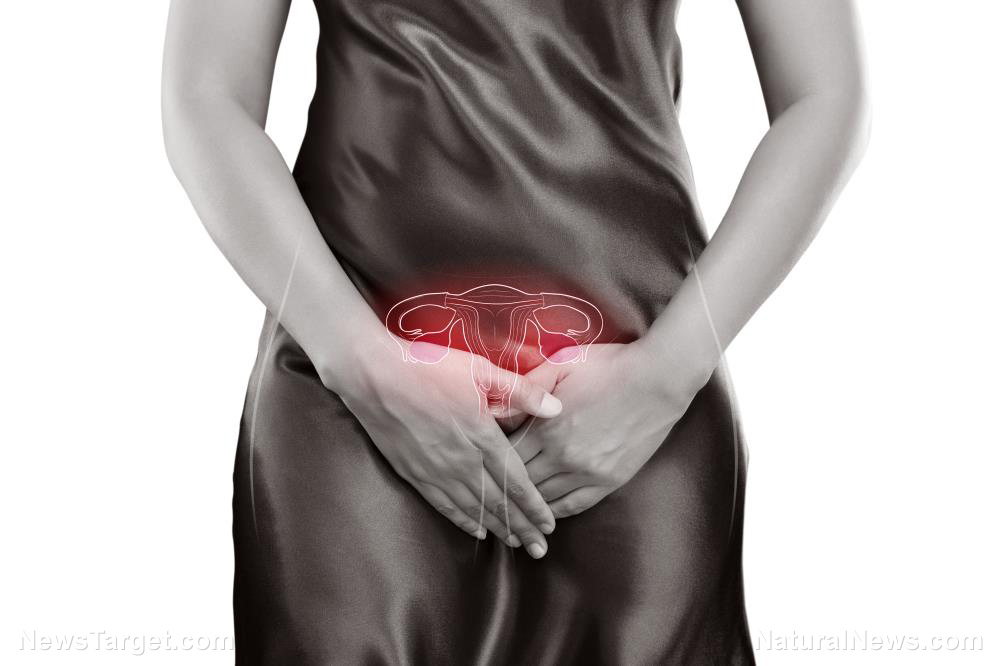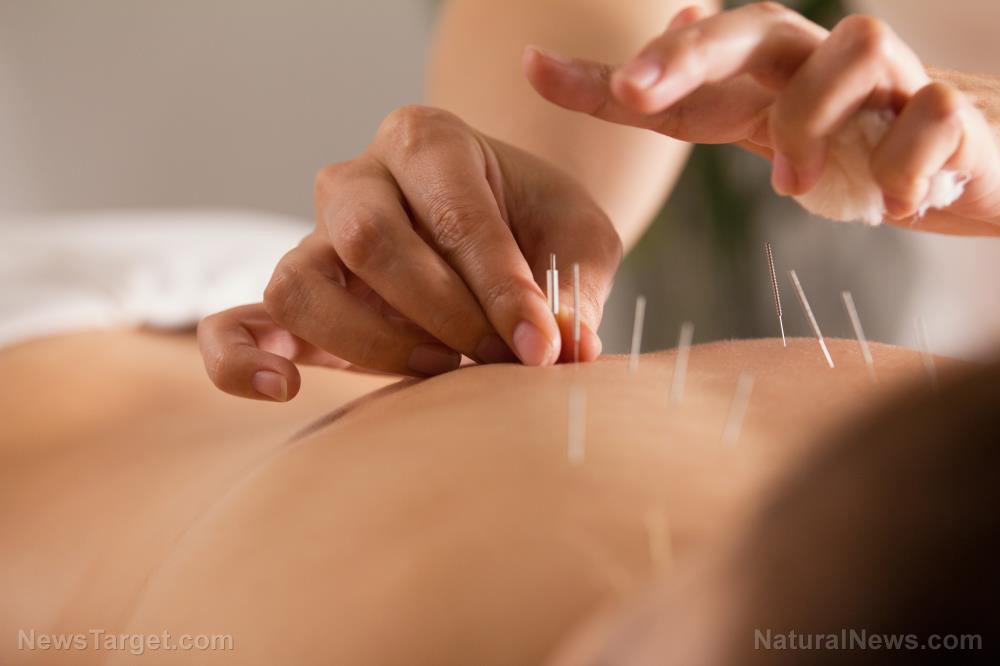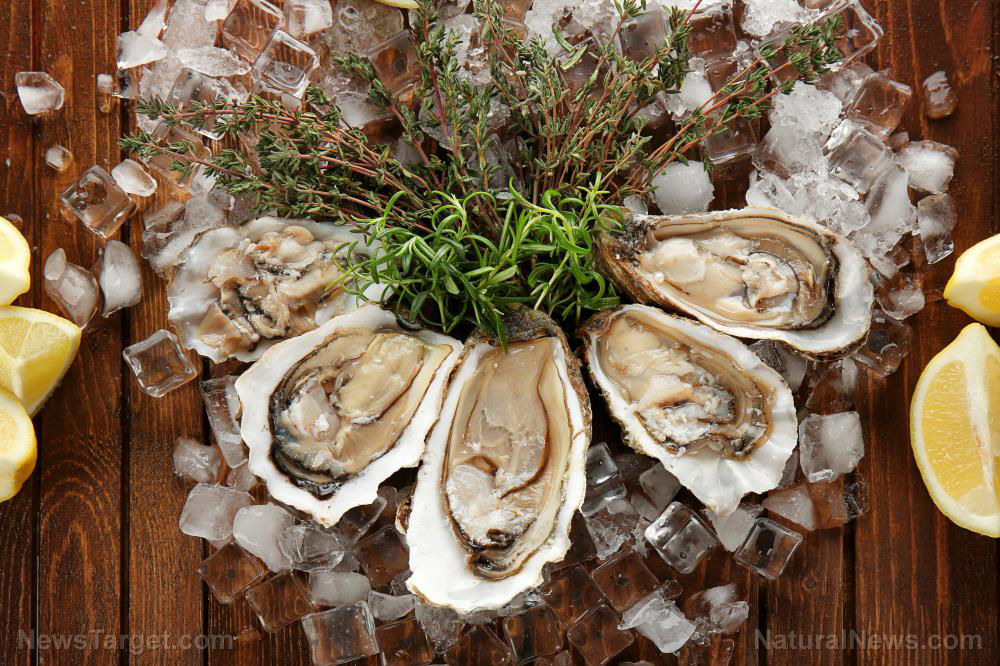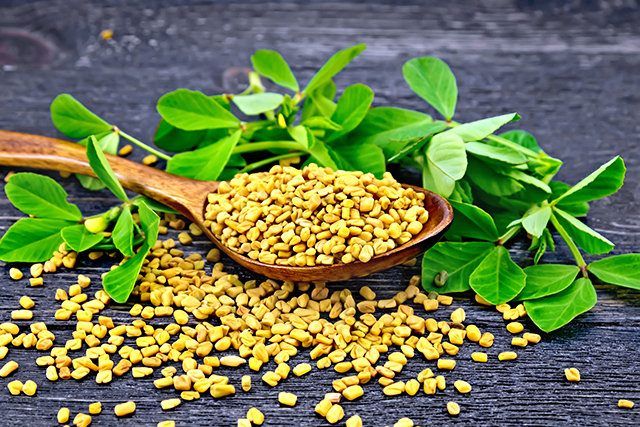Diet plays a key role in managing endometriosis: Here’s a list of what you should eat to improve your condition
04/23/2019 / By Michelle Simmons

Endometriosis, which affects 10 to 20 percent of women, is a condition with no known cause and cure. Fortunately, making dietary changes can improve the symptoms of this condition. If you are suffering from endometriosis, here are some foods to add to your diet:
- Omega-3-rich foods: Omega-3 fatty acids are the healthy kind of fats, unlike saturated and trans fats. Eating foods rich in omega-3 helps fight inflammation, reduces a woman’s risk of developing endometriosis, and relieves menstrual discomfort. Foods that contain these healthy fats include fatty fish, such as salmon and halibut, extra virgin olive oil, nuts, and seeds. There are also omega-3 supplements available in stores.
- Fiber-rich foods: Foods rich in fiber, such as whole grains, vegetables, and fruits, are generally good for overall health, but are especially beneficial for women with endometriosis. These foods are packed with nutrients, helping them feel full for longer periods and helping them refrain from eating junk foods, which increase inflammation. Fiber-rich foods ease endometriosis symptoms thanks to their antioxidant content which reduces inflammation in the body and reduces levels of estrogen – all of which play an important role in endometriosis. Many women with endometriosis also have irritable bowel syndrome (IBS), and eating more fiber can improve IBS symptoms. However, when eating fruits loaded with fiber, women with endometriosis should consume one or two servings of fruits that have a low glycemic index, such as apples, citrus fruits, raspberries, peaches, and plums. (Related: Endometriosis caused by eating red meat and avoiding fresh vegetables, says research; infertility may result.)
- Foods rich in B-vitamins: Cruciferous vegetables, such as broccoli, cauliflower, cress, kale, sprouts, and turnips, are rich in B-vitamins, which help the liver break down estrogen and strengthen the immune system. These vegetables also contain magnesium, which helps relax the intestinal and uterine muscles, potentially easing endometriosis symptoms.
- Fresh foods: Opt for fresh foods or ingredients instead of highly processed ones to avoid making endometriosis symptoms worse. Moreover, choose organic fruits and vegetables, which are free from pesticides that make the symptoms worse.
- Iron-rich foods: Endometriosis often results in heavy menstrual periods, in which levels of iron decline. To compensate for this, it is important to eat foods rich in iron — both heme and non-heme iron. Heme iron comes from fish and eggs, while non-heme iron can be found in leafy green vegetables, beetroot, and dried apricots.
- Soy: Although soy products contain phytoestrogens, some of which convert testosterone into estrogen, eating soy is actually good for people with endometriosis. Research shows that women whose urine samples contained more soy isoflavones had a lower risk of severe endometriosis.
- Water: Drinking enough water is good for overall health: it keeps the internal organs working at their best, aids in digestion, and prevents constipation. People with endometriosis should also drink enough water and avoid caffeinated beverages, alcohol, and sugary drinks as these can contribute to inflammation.
In addition to these dietary changes, healthier lifestyle changes can also improve and lessen the symptoms of endometriosis. These include:
- Being physically active. Being physically active is one of the best lifestyle changes you could make for managing the symptoms of endometriosis. Exercise, such as yoga, can help improve menstrual flow, thus preventing the progression of the disease. Additionally, exercise also increases the levels of endorphins in the blood, which can help relieve pain.
- Avoiding environmental toxins. Avoiding environmental toxins with estrogenic effects like pesticides and herbicides can help prevent the worsening of endometriosis, according to research.
Visit WomensHealth.news to learn more about the symptoms of endometriosis and how to address them naturally.
Sources include:
Tagged Under: b vitamins, diet, endometriosis, fiber, food is medicine, foodcures, fresh foods, iron, menstruation, natural cures, natural medicine, nutrition, omega-3s, soy, water, women's health
















